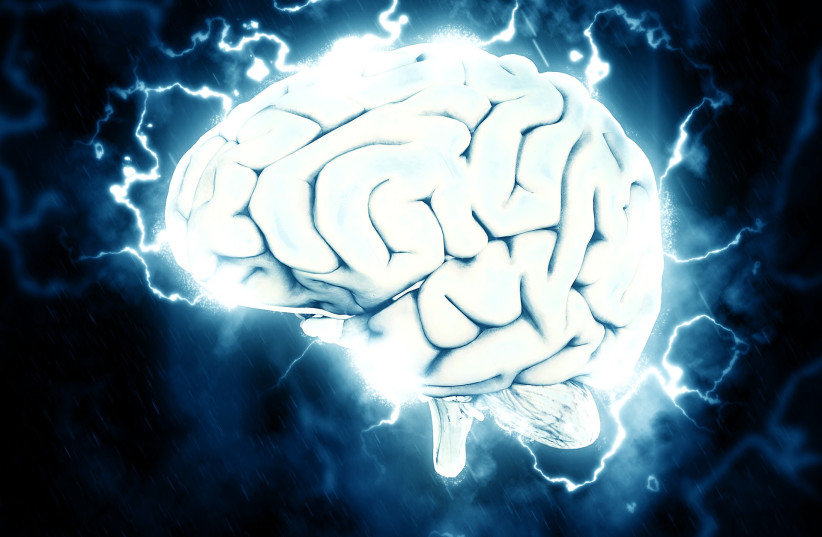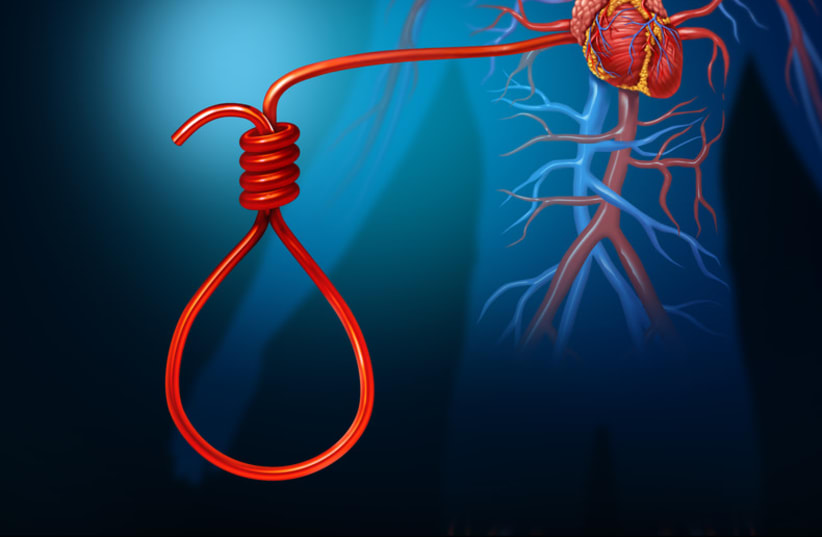Researchers at the University of Pittsburgh have identified a subset of CD8+ regulatory-like T cells that provide fast-acting and enduring protection against ischemic stroke in mice, offering a potentially novel immunotherapy for stroke in humans.
The study, published Monday in the peer-reviewed Journal of Clinical Investigation, is the first to find the function of CD8+ TRLs in mice. According to the researchers, it reports what they believe is a new subpopulation of CD8+CD122+ T cells.
The team, made up of neurologists and immunologists, explained that CD8+TRLs enter the brain significantly faster than any other regulatory immune cells, making them "first responders" to release molecules that provide direct neuroprotective effects, as well as limit inflammation and secondary brain damage. They also may work together with other immune cells to safeguard the brain for a long time.

"I have been working in this field for more than 30 years, and this is the first time I feel that I am seeing the light at the end of the tunnel, promising future clinical translation that will benefit patients."
Jun Chen
Within 24 hours after researchers depleted these CD8+TRLs from the bloodstream of stroke mice, the size of the brain region impacted by stroke expanded by 50% compared to that of animals whose CD8+TRL levels remained intact. Furthermore, mice in the study who received a transfusion of purified CD8+TRLs prepared in the lab fared better and recovered faster than those who did not receive the treatment for over five weeks.
A 'promising' breakthrough for stroke patients
Strokes, which occur when blood supply to the brain is disrupted, are the second leading cause of death and disability globally. The often debilitating affliction affects 800,000 Americans annually. According to the study authors, only a quarter of those patients will be eligible to receive one of only two Food and Drug Administration-approved treatments: An injection of a blood clot-busting enzyme called tPA or mechanical thrombectomy or a surgical procedure that removes the blood clot in the brain with a stent retriever.
When left untreated, long-term health complications from stroke can include mobility, speech and cognitive challenges.
The study's co-corresponding author Xiaoming Hu expressed hope that the new findings will provide a breakthrough therapy for stroke patients when tested on humans.
“The beauty of CD8+TRLs is in their fast response. They confer very potent protection to the brain, which can last a long time,” according to Xiaoming, an associate professor of neurology at Pitt and a US Department of Veterans Affairs (VA) investigator. “Most importantly, these cells are easily accessible because they circulate in the blood before they enter the injured brain.”
"Despite the efforts of thousands of people devoting their careers to finding treatments that could benefit stroke patients, therapy options are minimal," co-senior author and Pitt neurologist Jun Chen said.
"I have been working in this field for more than 30 years, and this is the first time I feel that I am seeing the light at the end of the tunnel, promising future clinical translation that will benefit patients."
